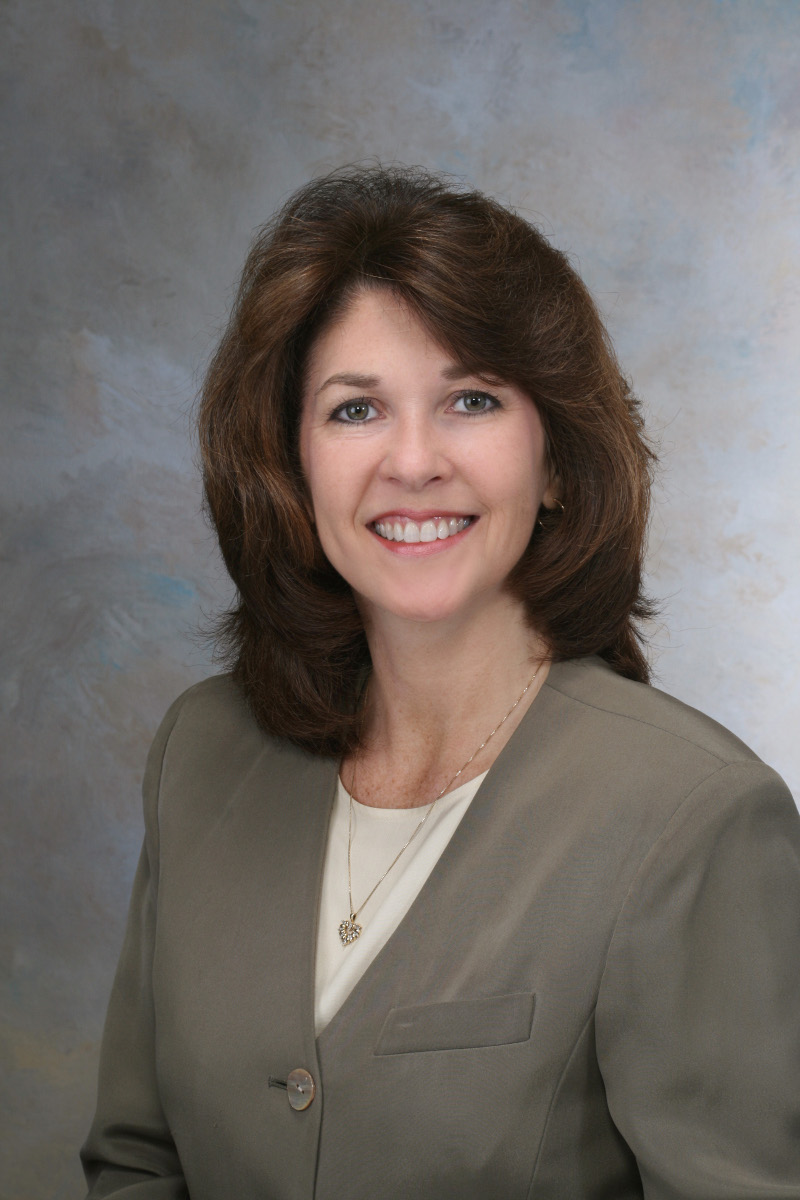I want to go home. I can't wait to leave. I want to go home.
 During discharge from a hospital, patients are typically focused on leaving and going home or to another site of care; they often are not emotionally prepared to comprehend detailed discharge instructions. Once patients get home and relax, they may not remember what they're supposed to do, which may lead to a trip back to the hospital.
During discharge from a hospital, patients are typically focused on leaving and going home or to another site of care; they often are not emotionally prepared to comprehend detailed discharge instructions. Once patients get home and relax, they may not remember what they're supposed to do, which may lead to a trip back to the hospital.
To prevent readmissions and give patients easy access to discharge instructions, nurses at Cullman (Ala.) Regional Medical Center record their verbal instructions, which automatically upload to a secure website. Patients, their family members and other healthcare providers can, with the patients' permission, listen to the instructions as many times as they want after discharge, improving their understanding and the likelihood instructions will be followed.
Good to Go
This program, called "Good to Go," rolled out in a 31-bed step-down unit at the hospital in October 2011. Before implementation, nurses educated patients verbally and gave them handouts with information. Now, when nurses discharge patients they use an iPod Touch to record their verbal instructions and send patients a link to a website where they can enter a personal identification number to access the instructions. On the website patients can also watch videos on certain topics, such as medication, and read written information, which is also still provided in handouts. In addition to the website, nurses provide patients a 1-800 number they can call to listen to the recorded instructions.
Providing information in a variety of formats reinforces the discharge instructions and ensures patients with different learning styles understand their diagnosis and what they should do after discharge. "Repeating information really helps," says Cheryl Bailey, RN, vice president of patient care services and CNO of Cullman Regional Medical Center. "We flood patients with teaching. When we can provide that information more than once, it helps it to sink in better."
The hospital tracks how often and in what format patients access their instructions as an indication of their understanding. "If I see a patient accessed the information four or more times [in a short period], then the director of that department will probably call that patient and say, 'I see you've accessed your information four times. Do you have a question? Is there something we can do to help you?'" Ms. Bailey says. By following up with patients, providers can clarify instructions and prevent a potential readmission.
Enhancing patient education
Besides improving patients' access to discharge instructions, nurses also enhance patient education by using tools such as teach-back from project BOOST — Better Outcomes for Older adults through Safe Transitions. The teach-back tool encourages providers to ask patients open-ended questions and to have patients repeat information they were just taught.
In addition, hospital leaders regularly listen to nurses' recordings and give feedback on the content and style of the discharge education. "We've found the accountability factor has really improved because nurses know we randomly listen to recordings, so we make sure they're providing the right information," Ms. Bailey says. She says patients' accountability has also improved because they understand better the importance of the discharge instructions. The act of recording the instructions demonstrates their significance, a signal to patients that they should pay attention, according to Ms. Bailey.
Expanding the program
In the first six months of Good to Go, readmission rates decreased 15 percent and scores for the two discharge-related questions in the HCAHPS survey increased 62 and 63 percent, respectively. This success prompted Cullman Regional Medical Center to expand the program to nearly all departments in the hospital, including case management, which oversees patients' transition to post-acute care providers. Each nursing home has a template of information that is included on the website with the patient's recorded instructions. This structure educates patients about the nursing home and enables the nursing home to listen to the hospital's discharge instructions.
The strategy of recording instructions is also now used in non-clinical areas such as billing. If patients have a question about their bill, they can securely access recorded information that was communicated in the hospital.
A simple change makes a big impact
Sometimes a simple change is all it takes to make a big impact on healthcare quality. At Cullman Regional Medical Center, just recording the education nurses were already providing patients helped cut readmission rates 15 percent. "The whole thing is very simple, but the results have been great," Ms. Bailey says.
More Articles on Hospital Readmissions:
Do Complaints About the Readmission Measure Ignore Hospitals' Progress?
Study: Early Physician Follow-Up Lowers Readmission Risk
21 Recent Hospital Readmission Findings

